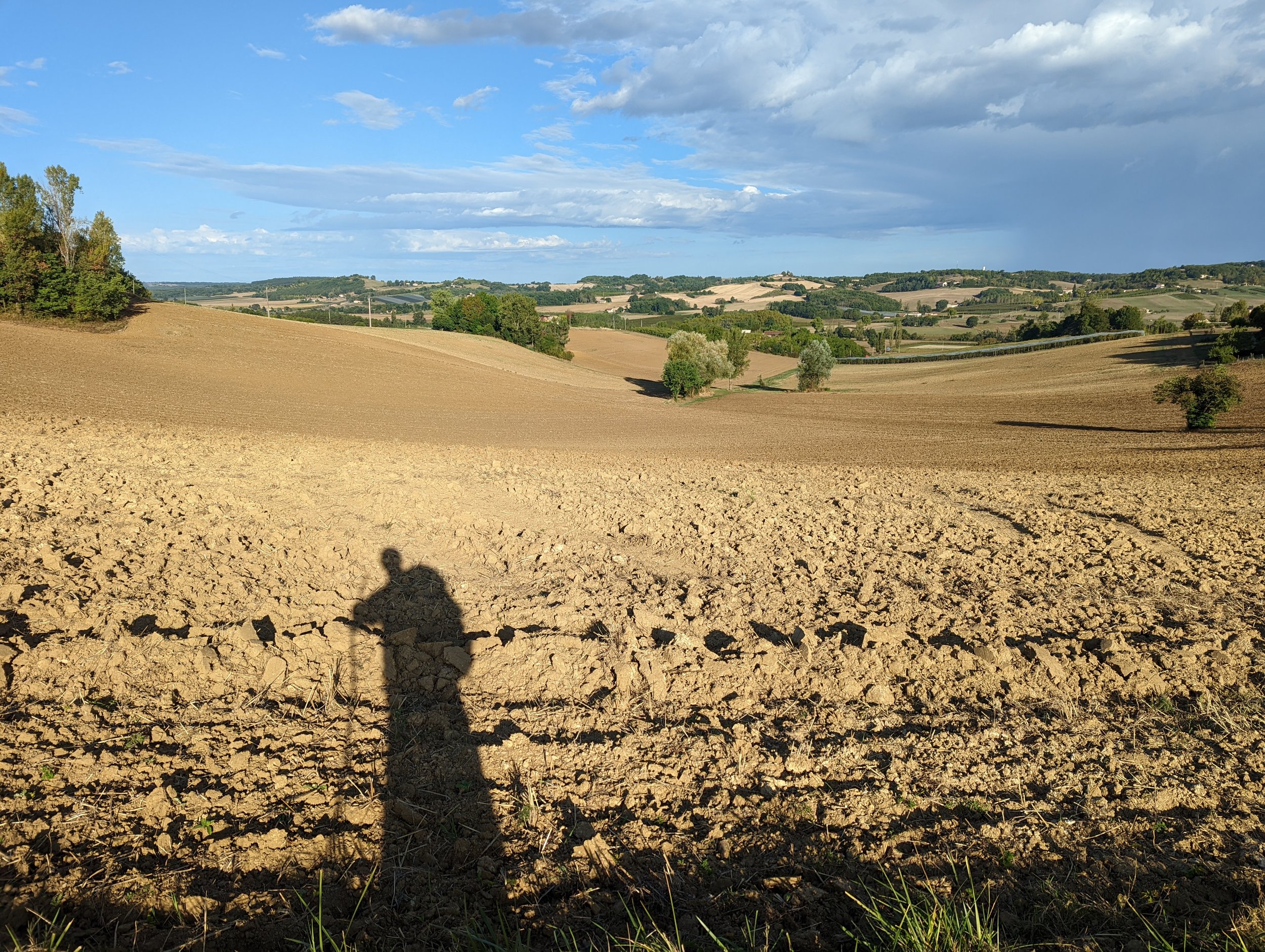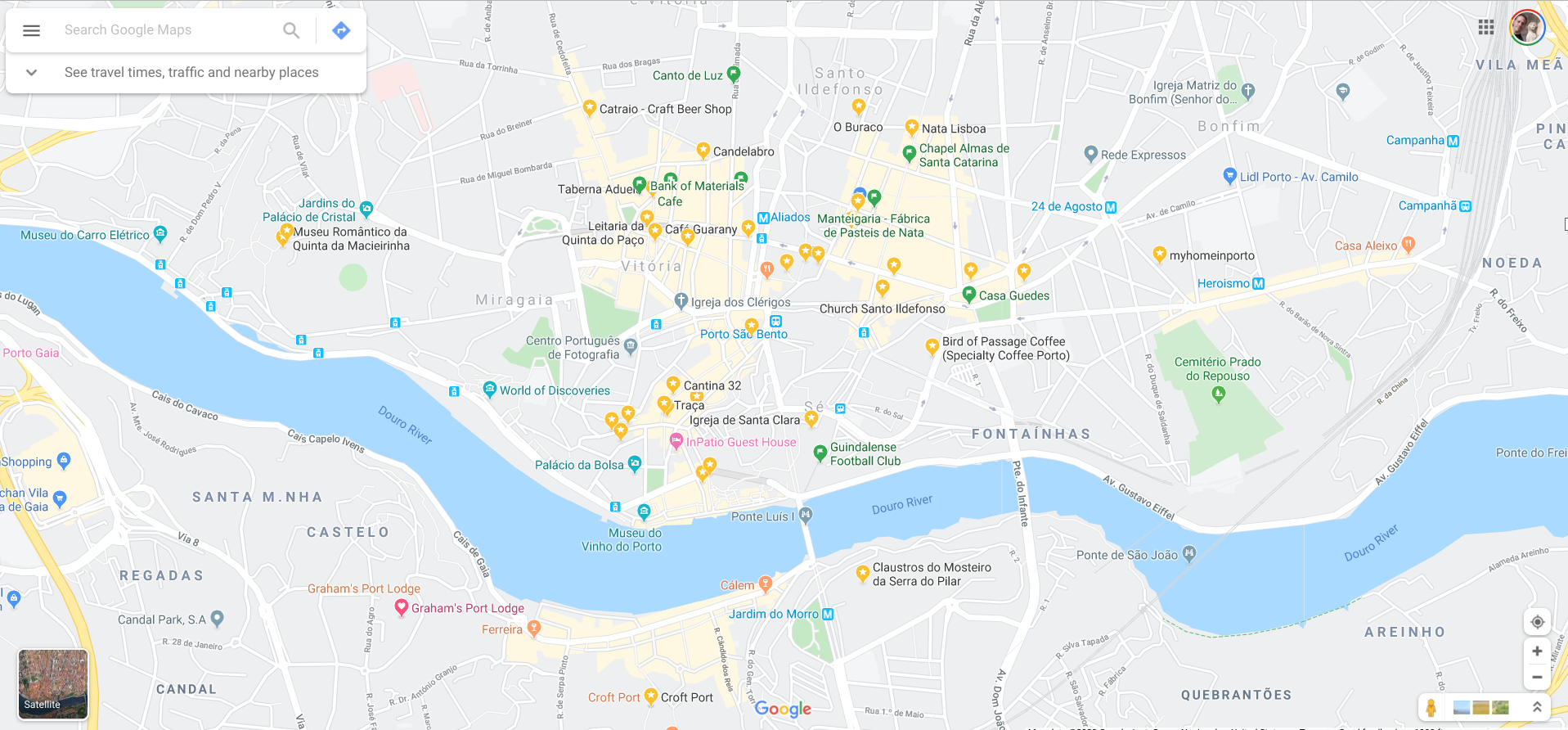A Lesson Learned: Validate Transportation Tickets!
/It has been two months since I made this mistake in Siena, Italy, and I remain a little annoyed. I can’t decide if I’m more angry at myself or the Italian public transportation system that sets tourists up for hefty fines by selling open tickets requiring you to validate them once on board using awkward stamping machines.
Always read the fine print!
As an American who has lived in several major cities, I sometimes get too confident when I approach a new bus or train system. After all, I constantly use public buses and rail systems as my daily transportation in my home city and during all of my travels. I always buy tickets, I tap my pass or ticket before I enter systems; I simply try and follow the rules. However, In my recent visit to Italy I found myself a recipient of a hefty fine for failing to validate a bus ticket onboard.
You Are A Visitor and You Follow Local Laws and Customs
This is a warning to all travelers: Every city and system differs in how they check transportation tickets. Some require you to validate them before entry, some drivers assist you upon entry, some tickets are only valid for one particular date and time, and some tickets require validation using a time-stamp machine inside the vehicle. I knew about these various options, of course, and even used self-validation machines on this same trip. Where I went wrong was following locals entering a bus using the rear door, where there wasn’t a validation machine, and proceeding to forget about my ticket validation. Of course at the end of my bus journey I was caught with an un-validated ticket at my destination. This simple mistake resulted in a hefty $60 fine. It didn’t matter to the officer that my bus ticket was properly purchased that very same day. It didn’t matter that I was a tourist in town for one day only, nor that I was not caught trying to sell the ticket or use it twice. All that mattered is that I didn’t follow the rules of the system I was riding.
Don’t Ruin Your Day
While I have had time to accept my error, I did spend a lot of time over-thinking this fine. As much as I wanted the ticketing agent to forgive my oversight, to sympathize with a foreign tourist and see that I wasn’t doing anything malicious with my un-validated ticket, the truth is I failed to follow the local system rules. I had to deal with the consequences. Even if paying a fine on top of the original ticket price felt wrong, that didn’t matter in this moment. I knew there were better ways that their validation system should work to prevent this: perhaps an announcement from the driver, a sign on the bus, or requiring riders to enter in the front and go by the validation machine. As an American, I think our agents tend to forgive the rider who makes an unintentional error. I certainly do not want to bring with me an indignant sense of entitlement abroad to cloud the fact that I made a mistake in Italy. No one wants to be an angry “Karen” when caught in the wrong.
The Tabacco shop in siena where I paid my fine
Paying the Fine
My options at the time of ticketing were: 1) I could give the ticketing officer my credit card on the street and immediately pay the fine using his portable reader or 2) he could print a paper ticket and I would have 6 days to pay it within Italy (at a tobacco shop!) before the fine would otherwise double and they would send a collection agency after me using my home address.
I wasn’t willing to risk paying the inflated $120 fine for a delayed payment due to my stubborn and bruised ego, so I took the paper ticket and paid at a tobacco shop of my choosing the next day. I considered just not paying it, but then I envisioned a security agent at the airport the next time I tried to enter Italy taking me aside to a back room to pointing out my name on some long Italian black-list of delinquent travelers. I decided to bite the bullet and pay my fine before it became a worse situation. I will note that it was a minor consolation the cashier at the tobacco shop was sincerely sympathetic as she helped me process my payment.
You live, you learn!





































